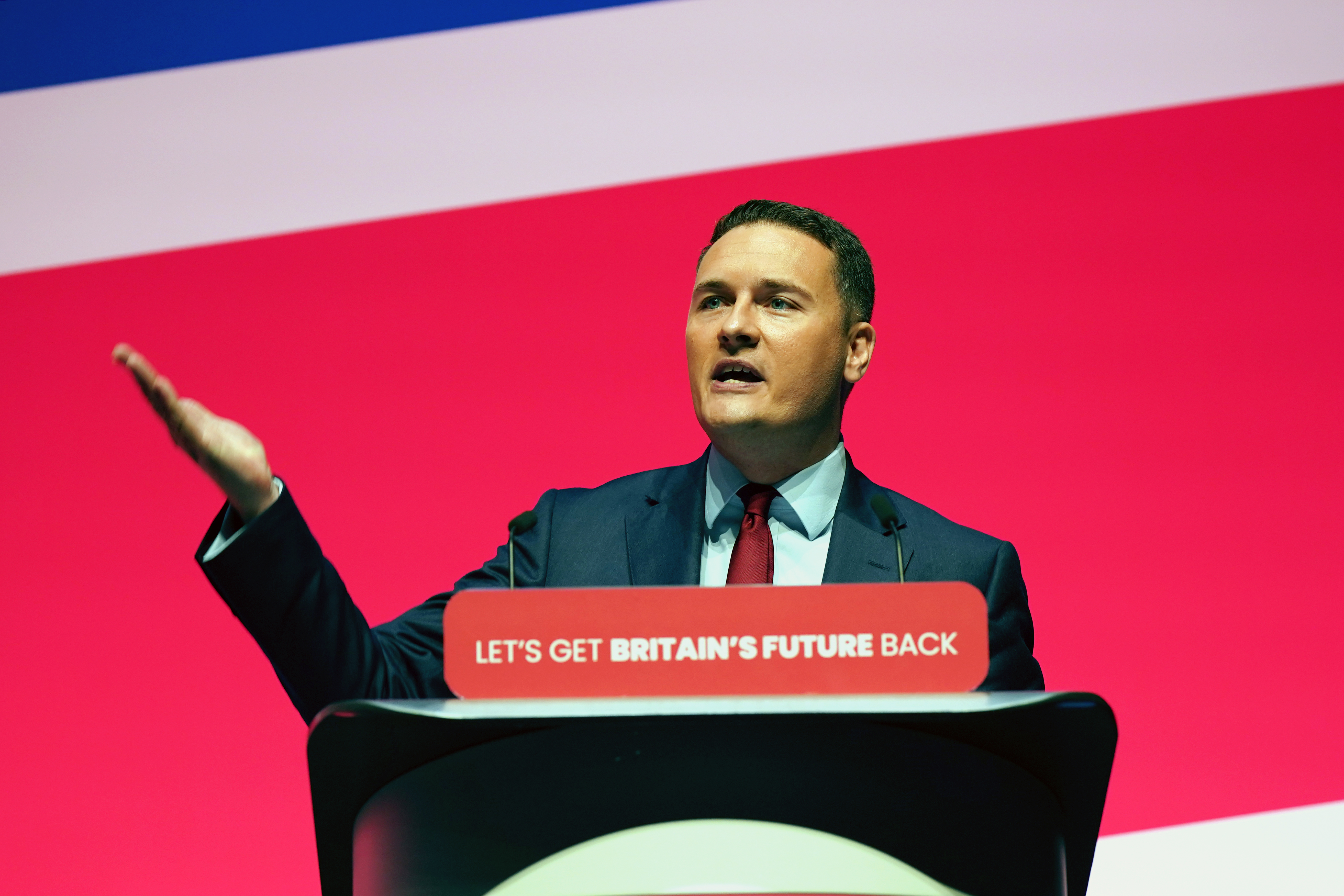
The Labour Party says it has obtained figures which suggest the health service spent £1.1 billion on outsourced scanning, while the number of scans carried out fell by 200,000.
Over the past five years, despite the amount of money being paid to outsourced imaging services increasing to more than a billion pounds in 2022/23, the number of scans carried out has fallen by 200,000 compared to 2018/19, according to the Labour party.
The cost per scan went from £31 to £100, according to a report in The Telegraph.
According to the report, £368,858,838 was spent in 2022/23 on around 3.7 million diagnostic scans outsourced to private healthcare providers. In 2018/19, spending amounted to £123,817,267 on around 3.9 million scans, an analysis disclosed in parliamentary answers found.
'Huge financial cost'
Dean Rogers, director of industrial strategy for the SoR, said this demonstrated the “huge financial cost” that workforce shortages in diagnostic imaging were causing.
He added: “These costs are significantly increased by the use of agency workers to plug gaps in the radiography workforce. Across all departments, radiographers are moving from the NHS to agencies, where higher pay – often two or three times their NHS salary – means that they don’t need to work excessive overtime and will have better work-life balance.”
Labour has pledged to double NHS scanning capacity, with use of services on a seven-day basis, in order to cut backlogs, and would double the number of scanners, with AI used in every hospital, funding the expansion by abolishing the non-dom tax status for wealthy individuals.
The Conservative Party has repeatedly questioned whether abolition of the non-dom status would be sufficient to fund a raft of NHS policies Labour has proposed. According to Labour, scrapping the non-dom status would raise an additional £3.2 billion in additional tax revenue each year.
Both parties have said they intend to expand use of the private sector to help cut waiting lists.
'Paying more but getting less'
Shadow health secretary Wes Streeting said: “Under the Tories, we’re paying more but getting less. The NHS can’t afford money to be wasted as the Conservatives have – it needs every penny spent wisely.”
The average vacancy rate for radiography has risen to 13.4 per cent. A recent survey of SoR members revealed that 82 per cent could only fill their departmental roster with regular overtime shifts, because of staff shortages.
In sonography, a critical modality for addressing patient waiting lists, vacancy rates stand at 14.8 per cent. In at least three regions in the UK, the sonography agency rate has reached £120 per hour – compared with £25.67 an hour for a Band 7 radiographer employed directly by the NHS.
Mr Rogers said: “The government’s NHS workforce plan, while welcome, is a plan for the future – it doesn’t address current shortages in hospital departments. Likewise, the SoR welcomes increased investment in new technology and equipment – as all political parties pledged during party-conference season last autumn.
“However, it is pointless to invest in expensive equipment while there remains a shortage of radiographers. Our members talk about MRI scanners standing unused, because they did not come with a budget for radiography professionals to deliver patient care.”
Recruiting and retaining
He explained high-tech equipment will not deliver the reduction in NHS outsourcing costs or patient waiting times.
“Politicians – from all parties – need to remember that NHS tech needs people. We desperately need to recruit and retain more radiographers,” he said.
“The NHS workforce cannot continue to be an afterthought. If the government ignores radiographers’ pleas for better pay and conditions, then the cost will continue to rise for the NHS – not just financially, but in terms of patients’ health.”
Around 416,900 patients were waiting six weeks or more from referral for one of the 15 key diagnostic tests at the end of December 2023, according to the latest NHS England statistical data, sparking calls from the SoR for significant workplace reform.
(Image: Wes Streeting, by Ian Forsyth via Getty Images)
